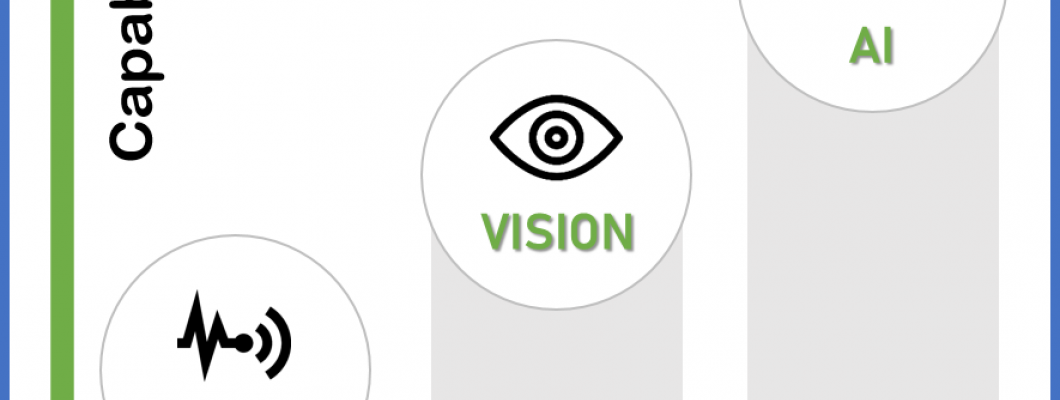05 Mar


The progress in robotics, particularly in capabilities driven by sensor technology, vision systems, and artificial intelligence (AI), has been remarkable in recent years. Here's an overview of advancements in each area:
Sensor Technology:
- Improvements in Accuracy and Sensitivity: Sensor technology has seen significant advancements in terms of accuracy, sensitivity, and miniaturization. This allows robots to perceive their environment with greater detail and precision.
- Multimodal Sensors: Integration of multiple sensors, such as cameras, LiDAR (Light Detection and Ranging), radar, and ultrasonic sensors, allows robots to gather rich, multimodal data about their surroundings.
- Environmental Adaptation: Sensors are becoming better at adapting to various environmental conditions, including low light, dust, and varying temperatures, enabling robots to operate in diverse settings.
Vision Systems:
- Computer Vision: AI-driven computer vision algorithms enable robots to interpret and understand visual data, including object recognition, scene understanding, and depth perception.
- 3D Vision: Advancements in 3D vision technologies, such as stereo vision and depth sensing, enable robots to perceive the three-dimensional structure of their environment accurately.
- Real-Time Processing: High-speed image processing capabilities allow robots to analyze visual data in real-time, facilitating quick decision-making and autonomous navigation.
Artificial Intelligence (AI):
- Machine Learning and Deep Learning: AI techniques, particularly machine learning and deep learning, empower robots to learn from data and improve their performance over time. This enables adaptive and flexible behavior in response to changing environments.
- Sensor Fusion: AI algorithms can integrate data from multiple sensors, enhancing perception capabilities and providing a more comprehensive understanding of the surroundings.
- Autonomous Navigation: AI-driven navigation algorithms enable robots to autonomously plan paths, avoid obstacles, and navigate complex environments safely and efficiently.
Integration and Collaboration:
- Sensor Fusion: Integration of sensor data with vision systems and AI algorithms allows robots to make more informed decisions and operate effectively in dynamic environments.
- Human-Robot Interaction: Advances in sensor technology, vision systems, and AI enable robots to interact with humans more intuitively and safely, opening up new possibilities for collaborative workspaces and assistive applications.
The synergistic advancements in sensor technology, vision systems, and AI have led to significant progress in robotics capabilities, paving the way for increasingly autonomous, adaptive, and versatile robotic systems across various domains, including manufacturing, healthcare, logistics, and service industries.
Global Robot Marketplace
